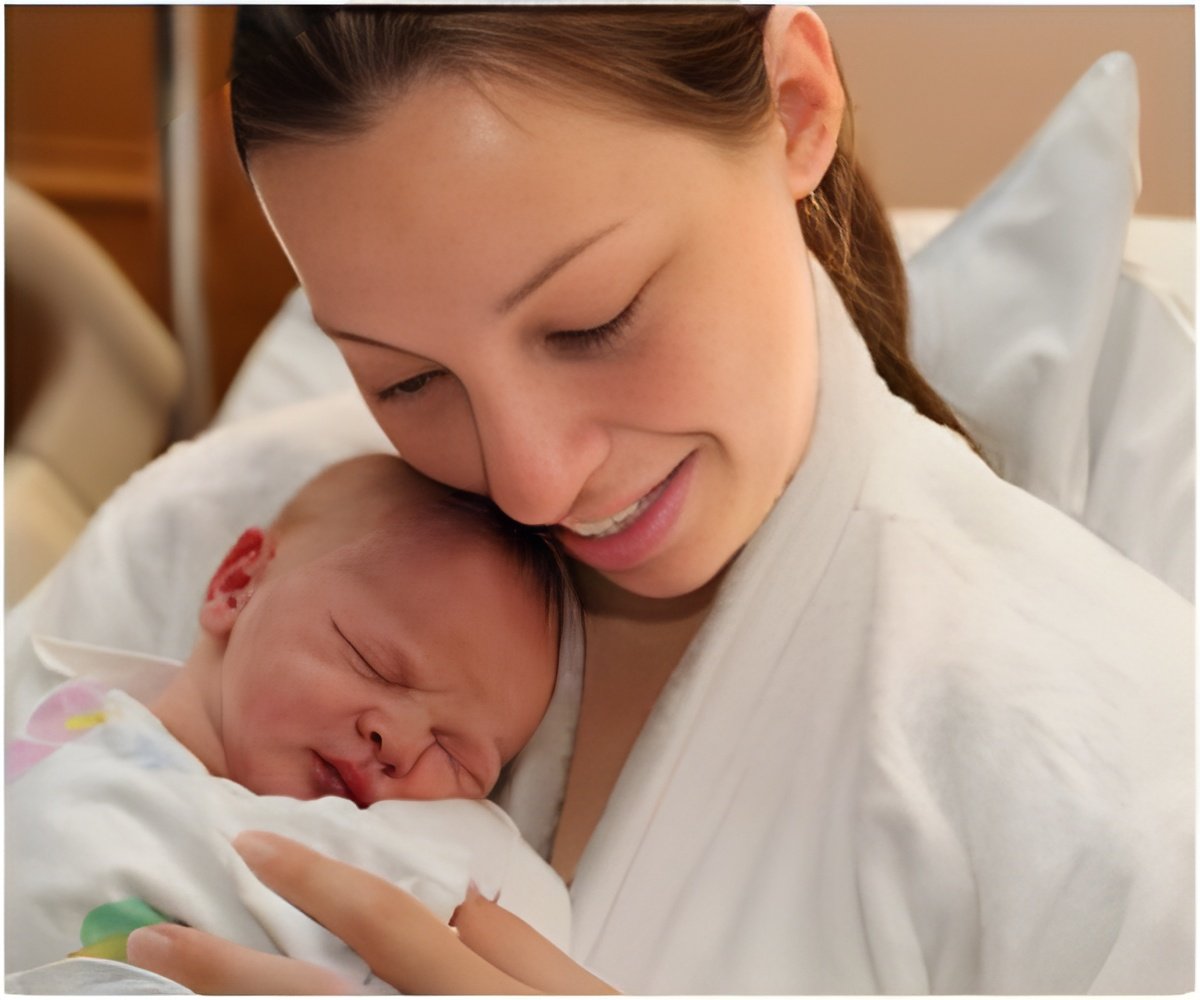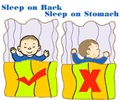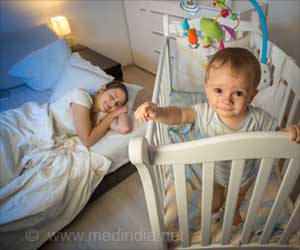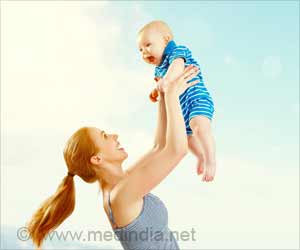New research suggests that parents must be educated on the proper sizing, selection, and wear of baby carriers to prevent injury to themselves and their children.

‘Young children are not only likely to sustain injury related to baby-wearing but also have a higher frequency of being hospitalized after the injury.’





Baby-wearing also known as baby carrying, is a common form of attachment parenting that has many benefits, including improved success with breastfeeding, improved infant to parent bonding, and improved attentiveness by fathers.Researchers reviewed 14,024 cases of baby-wearing injuries reported to the National Electronic Injury Surveillance System from 2011 to 2020 to characterize the epidemiology and impact of baby-wearing related injuries presenting to U.S. emergency departments.
They found that 61% of children of injuries occurred in children aged 0-5 months with 19.3% of these infants’ requiring hospitalization, and 83.7% of them had injuries their heads. A total of 18.1% of head injuries related to a baby-wearing product led to hospitalization.
More than one out of five or 22% of all injuries were associated with the caregiving falling. They also found seven cases of cardiopulmonary arrest.
About 30% of baby-wearing injuries were associated with sling carriers, and 45% were associated with non-specified types of baby carriers.
Advertisement
Source-Medindia












